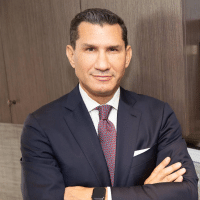Ten Things to Avoid After Rhinoplasty Surgery
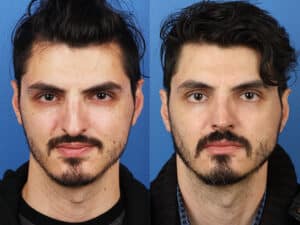
A rhinoplasty procedure can give you results that are dramatic, satisfying, and very positive. But the surgery is just half the battle. Once you’ve left the operating room to head home and begin your recovery, maintaining these new changes and actualizing these results will be all up to you. While each person will recover at a different pace, you have a hand at making your road to recovery much smoother, without any complications, unwanted side effects, or delays. Learn about the things you must avoid in order to achieve the nose job results you truly desire and to feel better as quickly as possible.
#1 – Strenuous Activities
While recovering from your rhinoplasty, you must avoid any strenuous activities like high impact exercising, heavy lifting, and anything that involves vigorous movement. There are several reasons to avoid these activities. Firstly, the excess blood flow to the face can increase swelling and even put you at risk for bleeding. Secondly, your sweat can compromise the healing process of your skin. Lastly, vigorous or strenuous activities can put you at risk for damage to the nose. When your nose is healing from surgery, the bones are often not set, making it more susceptible to damage, breakage, and shifting.
#2 – Blowing Your Nose
Allergies, colds, and the flu virus are difficult to contend with any time of the year, but they can be downright dangerous soon after your nasal surgery. For the weeks leading up to your surgery, steer clear of anyone who appears to be ill and wash your hands regularly. Don’t be afraid to carry hand sanitizer around or spray Lysol to your work area to make sure you’ve killed all those germs. Catching an illness before surgery can delay your procedure or, if symptoms show up after surgery, blowing your nose or sniffling can disrupt proper healing and cause bleeding.
#3 – Staying Out In the Sun
While a pool day or a tropical vacation always sounds like a good idea, be careful. Sun exposure can burn the nose, create discoloration at any incision sites where scar tissue is present, or increase your risk for certain complications. Even if your facial plastic surgeon has given you the all clear beforehand, wear a hat and some heavy-duty sunscreen to be extra safe.
#4 – Wearing Glasses
If you wear glasses regularly, you’ll need to try out contact lenses for a little while to allow time for your nose to heal properly. Glasses rest on the bridge of the nose, often leading to indents on the softened cartilage and tissue. While your nose is still healing, you’re best served by setting those glasses aside for a bit.
#5 – Bumping, Hitting, Or Touching Your Nose At All
After rhinoplasty surgery, you’re going to be curious about what your new nose feels like, but it’s not a good idea to touch it, push on it, or poke it. Not only will it probably hurt, but you risk misaligning the bones, reshaping the cartilage, or undoing your results in some way. To keep the nasal shape safe from contact, avoid these activities:
- Any form of exercise or sports, especially those that are high impact
- Throw-and-catch games or other activities where an object might come in contact with your face
- Pulling clothes over your head. Instead, stick to button-front shirts and pajamas
- Carrying or lifting items
- Playing rough with children or pets
Basically, try to keep your nose safe and protected from anything that could cause an injury. But of course, accidents sometimes do happen. If you encounter any problems after your rhinoplasty surgery, talk to your facial plastic surgeon about what steps you can take to reverse the damage or to plan a revision rhinoplasty procedure.
#6 – Lying Flat
Lying flat on the back might be comfortable for some, but it’s a dangerous activity for nose job patients. With the head at the same level as the heart, the blood flow to the face and nose will be increased. This can encourage excess bleeding, increased swelling, and even greater pain. What position is best? Prop your head up with a pillow or sleep on a reclining chair at an angle.
#7 – Wearing Makeup
Don’t wear makeup –yet. While wearing makeup is a great way to cover up any post-surgical bruising around your nose and eyes, applying cosmetics to the healing skin and incisions can cause complications and increase your risk of infection. Steer clear of concealers, powders, and other makeup products until you are considered healed enough to use them. Talk with your facial plastic surgeon for more information on your healing time frame.
#8 – Smoking And Drinking Alcohol
Smoking and drinking alcohol are dangerous activities for any patient healing from surgery, including rhinoplasty. The nicotine in cigarettes can restrict the blood vessels and reduce blood flow to very low levels, inhibiting proper healing. Alcohol, on the other hand, can interfere with your medications and thin your blood, promoting excess bleeding. To be safest during your recovery, avoid smoking and drinking alcohol for at least three weeks after your rhinoplasty surgery.
#9 – Eating Hard Or Chewy Foods
Especially for the first few days wherein facial movement must be minimized,
avoid foods that need a lot of chewing. Avoid munching on fruits like apples and pears, as well as raw vegetables like carrots. Gums and steaks can be harmful too since they put a lot of pressure on the jaw.
#10 – Getting Constipated
Bowel movements are typically irregular right after your surgery. The condition can be quite uncomfortable, so the best way to reduce this risk is to consume foods that are rich in fiber. For the first few days, you can have oatmeal or blended smoothies made of high-fiber fruits and vegetables. If after a couple of days, you still have not had a bowel movement, you may ask your doctor about taking a mild laxative.
Remember always to ask your surgeon specific questions about what you can expect during your recovery period.
Your Rhinoplasty Recovery Process
After your rhinoplasty surgery procedure, you will be sent home with a care sheet along with your pain medications. You’ll also need a friend or family member to act as your chauffeur for the day. You’ll likely feel a bit disoriented, drowsy, and maybe dizzy or nauseous after your anesthetics have begun to wear off. Take your prescribed pain medication as directed during this time and don’t miss your doses. Keep in mind that your recovery will rely on your body being rested and relaxed, so don’t create stress by being uncomfortable or in pain.
Get plenty of sleep during the first few days of your recovery. This will allow your body to heal properly. You can expect some swelling and tightness, redness and bruising, and experience some pain and discomfort. If any of these symptoms change at all, suddenly worsen, or become concerning to you, contact your facial plastic surgeon for assistance. But above all, simply follow your surgeon’s instructions for your best healing results. By avoiding the following items, you help to ensure that your nose looks its best while feeling your best.
Consult With A Nose Job Specialist For Your Procedure
Just like any other surgery, preparing for rhinoplasty can be nerve-wracking. However, feeling confident that you’ve selected the right plastic surgeon can help put you at ease. Philip Miller, MD, FACS has specialized exclusively in facial plastic surgery and offers over 20 years of experience and knowledge to his patients. A recognized expert in rhinoplasty, Dr. Miller has been frequently invited to share his specific techniques with his peers at various national facial plastic surgery meetings. He has been voted among the Best Doctors in America each year since 2007, and has also been named a Top Doctor of New York. To schedule a consultation with Dr. Miller, contact his office located at 60 East 56th Street, Third Floor in New York City, by calling (646) 791-3025.
Next, find out if Weight-loss could Affect your Rhinoplasty Surgery
Last Updated: 08/16/2019
Settle for Nothing But the Best Facial Plastic Surgery
Facial Plastic Surgery
Dr. Philip Miller and his team of New York's top rated facial plastic surgery experts provide custom cosmetic treatment plans that include a combination of minimally-invasive techniques and advanced procedures, to help each patient achieve the Aesthetic Confidence® they desire. Our unique NatraFace™ approach to facial rejuvenation includes the following effective procedures:
Eyelid Plastic Surgery
Dr. Miller provides patients with Manhattan's #1 customized care and treatment for smooth, supple skin that brightens the eyes and revitalizes the face. With our NatraFace™ approach, we utilize a combination of effective aesthetic techniques tailored to suit each patient’s needs. We offer:
Rhinoplasty (Nose Jobs)
Dr. Miller and his staff of NYC's best aesthetic specialists offer the NatraNose® process, which is a comprehensive range of minimally-invasive and advanced techniques to achieve natural-looking rhinoplasty results, improve nasal function, and meet the patient’s aesthetic goals. Dr. Miller specializes in nose jobs, nose reductions, non-surgical nose jobs, and more: Adjust the links in these sections as follows:
Skin Care Treatments
Widely acclaimed for our broad range of flawless skincare solutions, Philip J. Miller, MD, FACS and his team of aesthetic specialists offer customized skincare treatment plans to achieve healthy, natural-looking results. As part of our NatraLook™ process, the following procedures may be performed individually or in combination with more advanced surgical treatments for optimal rejuvenation.
Male Plastic Surgery
Philip J. Miller, MD, FACS, is a double board-certified facial plastic surgeon with over 20 years of experience working with male and female patients. He specializes in facial plastic surgery and is recognized as an expert in facial rejuvenation procedures. Utilizing the most advanced surgical techniques, Dr. Miller can maintain or enhance masculine features while producing the most natural-looking results.
Aesthetic Confidence®

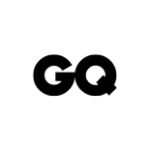



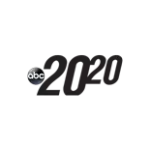
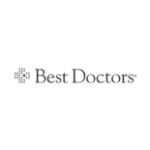
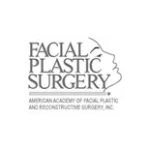
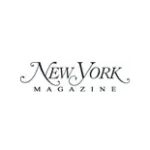
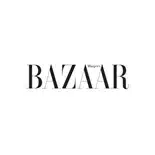
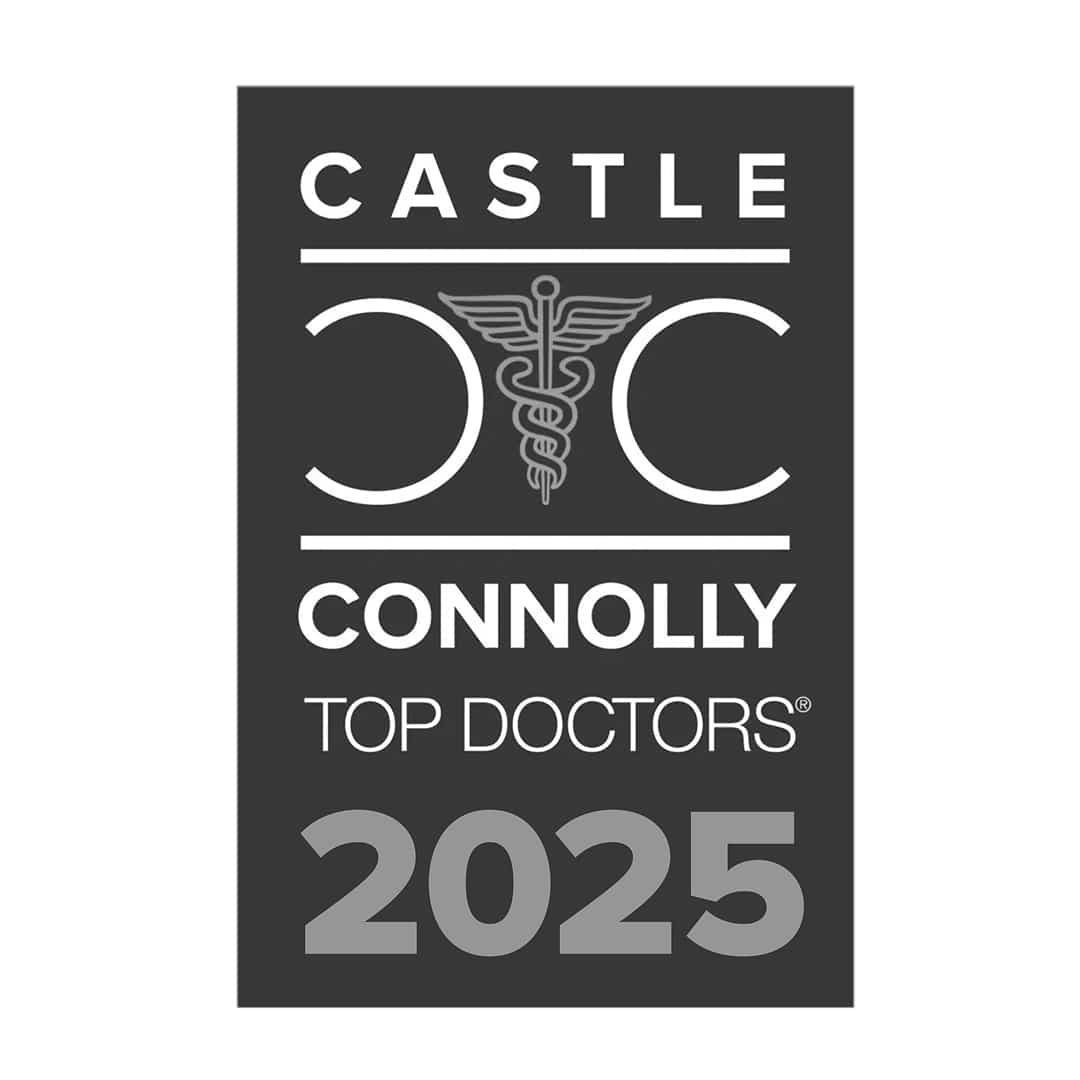
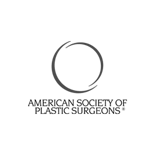
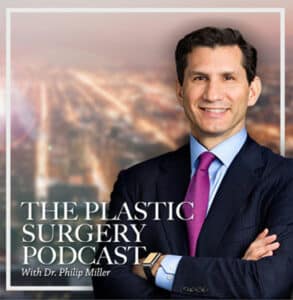
The Plastic Surgery Podcast with Dr. Philip Miller
Tune into The Plastic Surgery Podcast, hosted by facial plastic surgeon Dr. Philip Miller. Dr. Miller is here to answer your questions, de-mystify plastic surgery, and help you feel more knowledgeable and empowered about any procedure performed at our center.
-


Episode 44: My First Time
8 min -


Episode 43: Top 10 Reasons Not To Get A Rhinoplasty ( Plastic Surgery)
20 min -


Episode 42 : Osteomas & Lipomas
11 min -


Episode 41: All Ears Considered!
8 min -


Episode 40: Infrared Light Therapy
6 min -


Episode 39: Beauty, the Plateau
6 min -


Episode 38: Botox and Dermal Fillers
3 min -


Episode 37: Cost of Rhinoplasty
1 min -


Episode 36: Different Types of Nasal Surgeries
3 min -


Episode 35: Do You Have to Break the Nose for Rhinoplasty?
2 min -


Episode 34: Do You Have to Stay Overnight After Having a Rhinoplasty?
2 min -


Episode 33: Don't Have a Rhinoplasty!
2 min -


Episode 32: Endonasal or External
1 min -


Episode 31: Are You a Candidate?
2 min -


Episode 30: In The Office
17 min -


Episode 29: Can My Nose be Made Smaller?
4 min -


Episode 28: Can't Breath Through Nose
3 min -


Episode 27: Chin Implants - Mentoplasty
2 min -


Episode 26: Columellar Struts
23 sec -


Episode 25: Common Terms
5 min -


Episode 24: Connection Between Facial Resurfacing and Tattooing
5 min -


Episode 23: The Sooner, The Better?
4 min
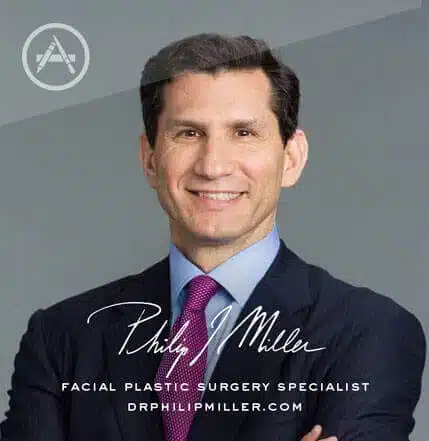
Plastic Surgery w/ Dr. Miller
If you’re thinking about getting a lift, nip, or tuck, this app is for you. It’s the most comprehensive pocket encyclopedia of plastic surgery terms, before and after photos, and visualization tools to help you really know what to expect from a procedure, including seeing potential results on your own photo. This app is only available on the App Store for iOS devices.
View in App Store